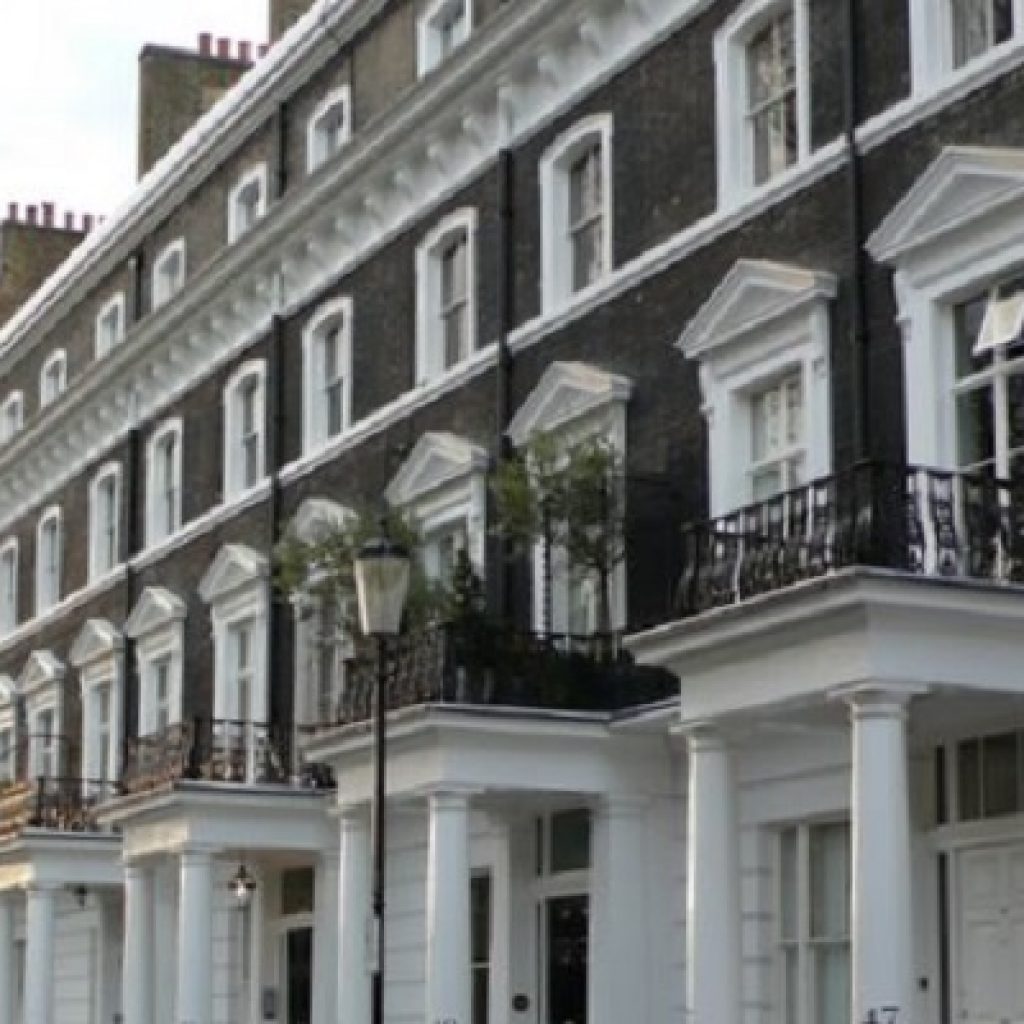House prices in February grew at their fastest rate in 12 months according to recent research from a nationwide estate agent.
The data from Your Move indicated that average prices rose by 0.6%, with new peaks being reached in Birmingham and Merseyside, and a strong performance in the East of England. High-value properties in London also saw growth return, with average prices rising to £297,832.
However, the annual inflation in house prices declined for the twelfth consecutive month, despite the boost in growth. Falling to 2.4%, this rate was the lowest since 2013. In England and Wales during February, there was an estimated total of 62,000 transactions, a figure which was 0.4% down on the previous month.
2017’s strong start has, however, not been reflected in the yearly figures. This is largely down to them being compared with the peaks which occurred prior to April’s rise in stamp duty. A much more positive trend is hoped to emerge when these figures are dropped from the calculation in the upcoming few months.
Indicated by the English Housing Survey, the growing numbers of first-time buyers and transactions have provided the housing market with support during the last year. Centring on Manchester, a strong North West market has also provided optimism towards growth being more regionally balanced in the future.
During January, London’s 11 most expensive boroughs documented an average rise of 0.8% in price growth; an increase of £7,473.
In the cheapest third of the boroughs, inflation was minimal despite having driven growth for the majority of 2016. Havering and Barking and Dagenham were the only boroughs to document growth of above 1%; at 1.7% and 1.1% respectively. Annual growth for the latter, however, was recorded at 11.8%.
The subdued rise of 2.1% in average prices between January 2016 and 2017 indicates that the property market within Greater London is still facing difficulty. For the three months to the end of January, a reduction in transactions was witnessed in every borough when compared to the previous year. Down by 22%, London has seen the country’s greatest fall in transactions.
Although there has only been a 0.1% rise in prices over the month, the East of England has observed the highest annual growth of 5.9%. Peak prices were also seen in Luton – seeing a yearly growth of 10.4% – and Essex – at 6%.
Excluding London, regions located in the South are continuing to drive price inflation within both England and Wales. Closing the gap on the East, the South East has seen a monthly rise of 0.6% and an annual growth of 5.2%, whilst the South West has observed 0.6% and 4.7% increases respectively.
However, this is not to discount the North West, a region which is becoming an increasingly important part of the market. Here, prices grew by 4.1% annually. Over the three years to the end of 2016, growth in Greater Manchester property sales compared to the previous three years (36%) was only slightly above the regions’ average on the whole. However, it was still six times the growth in Greater London. Annual prices on average, have risen by 7.2%.
Setting a new price peak in January, Merseyside also contributed to the emergence of a Northern Powerhouse. Average prices grew by 0.5% in the first month of 2017, with demand for Liverpool apartments largely being driven by young professionals and buy to let investors. Average prices in Merseyside have grown by 5% in the last year.
During the month, the only other large city to set a price peak was Birmingham. City centre regeneration, good transport links and expansion of large employers has encouraged average prices to grow monthly by 0.4% and 6.2% annually speaking.
Commenting on the figures was Oliver Blake. The Managing Director of Your Move and Reeds Rains estate agents stated: “It’s an encouraging start to 2017. We’ve seen the strongest house price growth in a year, the emergence of the promised Northern Powerhouse and the first tentative signs of a recovery in our highest priced properties in London.
The good news too is that the number of first-time buyers grew last year and house building was up – although home ownership is now at its lowest level in over three decades.”




















